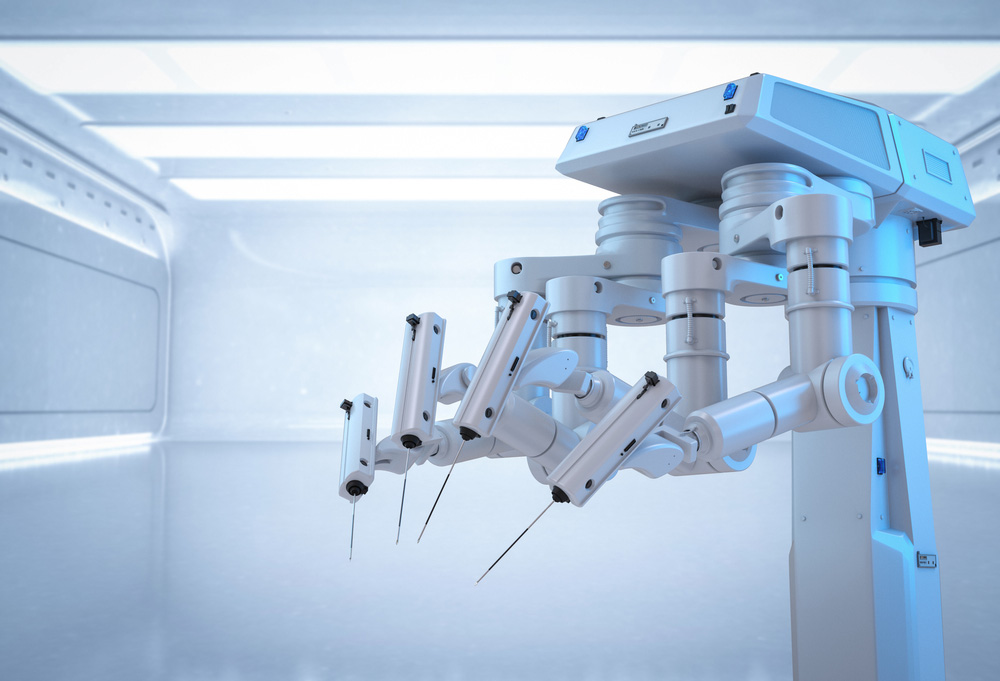The healthcare system is one of the fastest growing sectors in India. It is being re-invented constantly through rapidly evolving technology and innovation. Be it telehealth or surgical technology, the sector is striving to grow.
In an exclusive interview with ET Edge Insights, the Chief Executive Officer of Breach Candy Hospital, Mr. N. Santhanam shares his views on how technology is shaping the industry.
How Is technology in your opinion, influencing patient-centered healthcare?
Technology in general is sweeping the entire world and healthcare is no exception. Heavy dependence is on technology without which nothing moves in the world.
The other day I was talking to a young trainee nurse enquiring how to operate the blood pressure machine by a hand operated unit for which prompt reply came, “I don’t have to know the nuances of hand operation as the digital system operated Blood Pressure machine tells me the exact diastolic and systolic levels.” Though the reply appears to be simple I was equating her response to the startling reply given by my young grandson who is 6 years old to my request for reciting 12 times table “I don’t have to remember 12 times table when the calculator gives me the answer!” Technology has gone this far!
When it comes to healthcare, slowly and steadily Natural Intelligence is giving way to Artificial Intelligence, mainly with a view to influencing and improving patient centered healthcare. This is because technology is virtually minimizing human error in providing medical treatment to the patients.
The recent pandemic was a high inflexion point in the adoption of technology even by those hard-core healthcare professionals who hated technology as they were left high and dry.
From telehealth to Surgical technology, do you think technology is helping to improve the overall access to quality of care?
Yes, absolutely. Video consultations became more popular post-pandemic enabling patients in the remotest places to have access to the top consultants in the Metros.
Surgical technologies, for instance, in the operation of robotic general surgeries and robotic-assisted orthopaedic surgeries are turning out to be a boon for surgeons with the memory storing thousands of surgical data, relieving them from remembering all the information in their limited brain memory. Technology, by the press of a button, brings out different scenarios on the operating table in a fraction of a second.
This is also helping the overall access to the quality of care in a subcontinent like India which has a large rural population.
Technology is operating on two mantras, ‘touchless’ and ‘remote access.’

With more people having access to the internet, the contact between doctors and patients through E-clinics has not only facilitated high-quality healthcare, but also led to a decrease in healthcare costs. What is your take on this?
Smart phone adoption is as high as 77% across our country. A study shows as high as 81% of the doctors in North India adopted virtual consultation which is slowly catching up with the rest of the country. This, undoubtedly, is bringing down the healthcare cost as healthcare cost is not only the cost of treatment, but also associated costs in seeking the medical treatment. To elaborate, a patient in a rural area wants to come to a place like Delhi, Mumbai or Kolkata must travel to anyone of these cities by incurring boarding and lodging costs etc. The e-consultation, apart from eliminating these associated costs, also makes such patients easily access the top-notch doctors who unfortunately prefer to stay in these Metros. Second or third opinion in complicated cases, is thus facilitated by these e-clinics.
The current digital era involves widespread adoption of technology in the modern healthcare system. What are the key attributes and behaviours related to successful leaders in achieving the vision and ensuring successful adoption of tech-enabled healthcare innovations?
The basic key attribute and behaviour are the mindset change. A leader, to be a successful leader, must have an open mind in adopting technology not only by himself, but also by all healthcare professionals up to the last link. Performance evaluation criteria of a professional must have, as the first criteria, the adoption of technology.
Technology must not be considered as a mere tool, but also as a helpful instrument in bringing about transparency within patients. Instead of taking consent forms mechanically, the technology should be used to first educate the patients and then inform the risks involved and options available for different treatments. A leader must inculcate and drill down that patients must be treated as partners and convert them from passive receiver to actively participating elements in the whole treatment.



